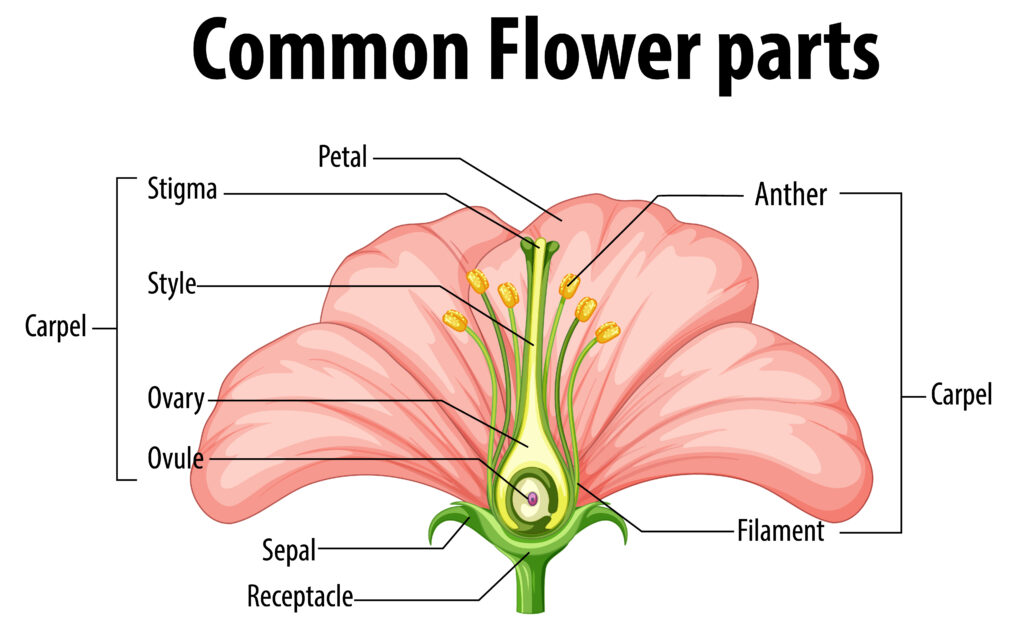Urea Test in Urine
Simulate the chemical test for urea in urine, a key diagnostic procedure in biology and medicine. This interactive activity demonstrates how urease enzyme and a color indicator reveal the presence of urea.
Help & Instructions
▼- Run the Simulation: Click 'Test Samples' to simulate the addition of chemicals to different test tubes.
- Observe the Results: Pay close attention to the final color change in each test tube.
- Quiz Challenge: Answer questions about the test's principle, procedure, and results.
- Understand the principle of the urease test for urea.
- Identify positive and negative results of the test.
- Explain the chemical reaction and the role of urease.
- Connect the presence of urea to human excretory systems.
Urease Test Simulation
Click the button to test three samples for urea.
Quiz Challenge: Urea Test Principles
What is the color of the phenol red indicator in an acidic solution?
The test for urea in urine often uses the enzyme urease and a pH indicator like phenol red. Urease catalyzes the breakdown of urea into ammonia and carbon dioxide. Ammonia is a basic compound, so its production raises the pH of the solution. The phenol red indicator changes color in response to this change in pH, providing a visual confirmation of the reaction.
The Chemistry of Urea Detection
The test uses two key reagents: **Urease enzyme** and a **pH indicator** (phenol red). Phenol red is typically yellow in acidic solutions, red in neutral solutions, and magenta (pink-red) in basic solutions.
When urease is added to a sample containing urea, the enzyme breaks down the urea ($$CO(NH_2)_2$$) into ammonia ($$NH_3$$), carbon dioxide ($$CO_2$$), and water ($$H_2O$$). The ammonia produced makes the solution more **alkaline (basic)**. The phenol red indicator then changes color to confirm the pH shift. [Chemical equation: $$CO(NH_2)_2 + H_2O \xrightarrow{\text{urease}} 2NH_3 + CO_2$$]
- Positive Result: The color changes from yellow to **magenta/pink-red**, indicating the presence of urea.
- Negative Result: The color remains yellow, indicating the absence of urea.


